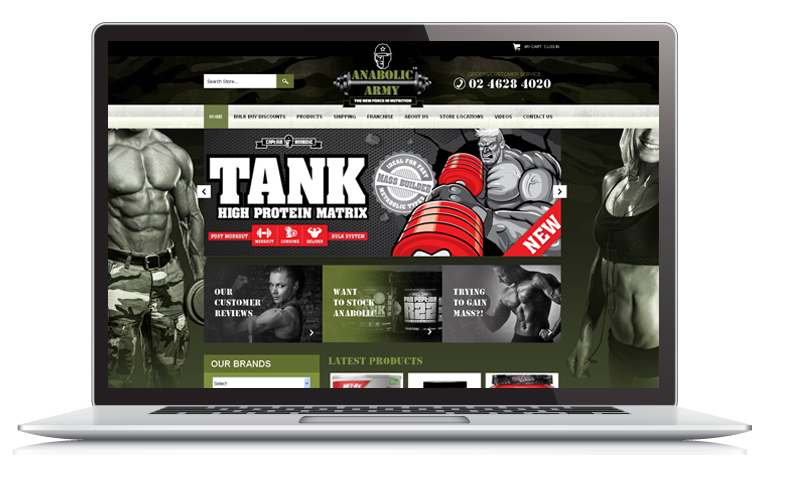Search engines take a step further today by trying to identify user intent and serving up results that fit the intent. This actually reflects a change in how people search. Instead of simplistic keywords, search engine users have begun to refine their searches. Their searches show that they know what they want. They are typing questions and phrases – and not just keywords.
And, with this change, companies should change what they optimise for too. Here are some tips on how to optimise for user intent.
- Find out what people search for. Get data on keyphrases that lead people to your page. Analyse the questions that your content satisfies. Once you get to this, then you’ll know your users’ intent. Optimise with this in mind.
- Begin optimising your internal content. You don’t need to completely rehaul your website. You just need to reflect your target market’s purchasing journey. Answer the questions they typically ask through your current content. Add pages as needed. Having an on-page blog is a good way to do this. Make sure to mention the questions you’re trying to answer a couple of times, logically and without bordering on spam content.
- Make sure to include structured data markups on your web pages. This enhances your listing on search engine results pages. They also help search engines understand and categorise your content. For instance, this page is trying to answer the question: what is optimising for user intent? Our schema markup will reflect this intent.
- Monitor your progress through analytics tools, such as Google Analytics. Remember that you won’t hit the jackpot the first time around. SEO takes times but pays in dividends when you really want to reach out to your target audience.













